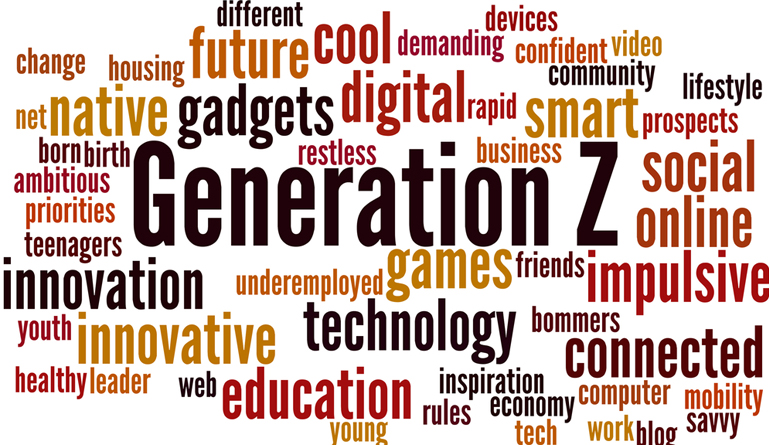The Rise of Student Suicide
on College Campuses
Suicide is the 2nd leading cause of death among 17-24 year olds. Only unintentional accidents (mostly automobile accidents) caused more deaths in this age group in 2019. It continues to hold that infamous position. In fact, according to the CDC, in 2021, 9% of high school reported attempting suicide. This is not a problem that is going away.
I never planned to write about this topic. I have never felt that it was an issue on which I had any expertise. The topic? College Student Suicide.
I know that the last week has seen yet another shooting at a K-12 school. This is undoubtedly tragic. Personally, though, a different tragedy hit closer to home. One that also needs our attention. And, to be honest, I think the two are connected to a failing U.S. mental health system.
When my mom was a young woman, she lost a friend to suicide. My husband lost a friend to suicide. When I was a 20-year old college student, I lost a friend to suicide. My daughter, currently 22 years old, just lost a close friend to suicide.
Suicide is the 2nd leading cause of death among 17-24 year olds. Young men have a higher incidence of suicide than women. More than 10% of college students report thoughts of suicide within the last year. Among these students, 90% had a diagnosable mental disorder. Most often, these were depressive disorders or substance addiction. Knowing all of this doesn’t seem to improve the situation.
The Numbers

Chart showing suicide as the 2nd leading cause of death for 17-24 year olds in 2019 by S. Kella posted in Harvard Political Review: The Imperfect Storm: College Students and Suicide. https://harvardpolitics.com/the-imperfect-storm/
The Role of Covid-19
Dr. Christine Crawford is a psychiatrist and associate medical director at the National Alliance on Mental Illness. She suggests that the Covid-19 pandemic exacerbated the growing mental health crisis among young people. The isolation and disconnection from peers, which are necessary for healthy development, weren’t available to them. Indeed, they spent more time on gadgets and social media during that time. This, too might also contribute to the rise in anxiety and depression. According to Crawford, another challenge is that young people see so many images of war, polarizing politics, and the financial difficulties facing their peers. (Vernon, 2024).

Let’s Do Our Part
I do not have the solutions to the problem. One way that I am tackling it is to have conversations with my students about their lives. Asking them about the things that they fear, the things they dream of doing, and the people that they love. I treat them as human beings, though I rarely meet them in person. Most of all, I realize that my course is not the be all and end all of these students’ lives. I hope that my honest interest in their lives shows them their importance. It might remind them of why they began their educational journey. I know that strategies will vary across different settings. Clearly, undergraduate and graduate students will have very different outlooks. Nonetheless, I can do my part in my little part of the world.
Without mentioning politicians, political parties, or blaming others, can you share what actions you can take? How can you address this challenge in your classrooms?
Kella, S. (2021, August 10). The Imperfect Storm: College Students and Suicide. Harvardpolitics.com. https://harvardpolitics.com/the-imperfect-storm/
Vernon, Will. “Suicide Is on the Rise for Young Americans, with No Clear Answers.” BBC News, April 11, 2024. https://www.bbc.com/news/world-us-canada-68782177.
Centers for Disease Control and Prevention, National Center for Health Statistics. National Vital Statistics System, Mortality 2018-2021 on CDC WONDER Online Database, released in 2023. Data are from the Multiple Cause of Death Files, 2018-2021, as compiled from data provided by the 57 vital statistics jurisdictions through the Vital Statistics Cooperative Program. Accessed at http://wonder.cdc.gov/mcd-icd10-expanded.html on Jan 23, 2023.




